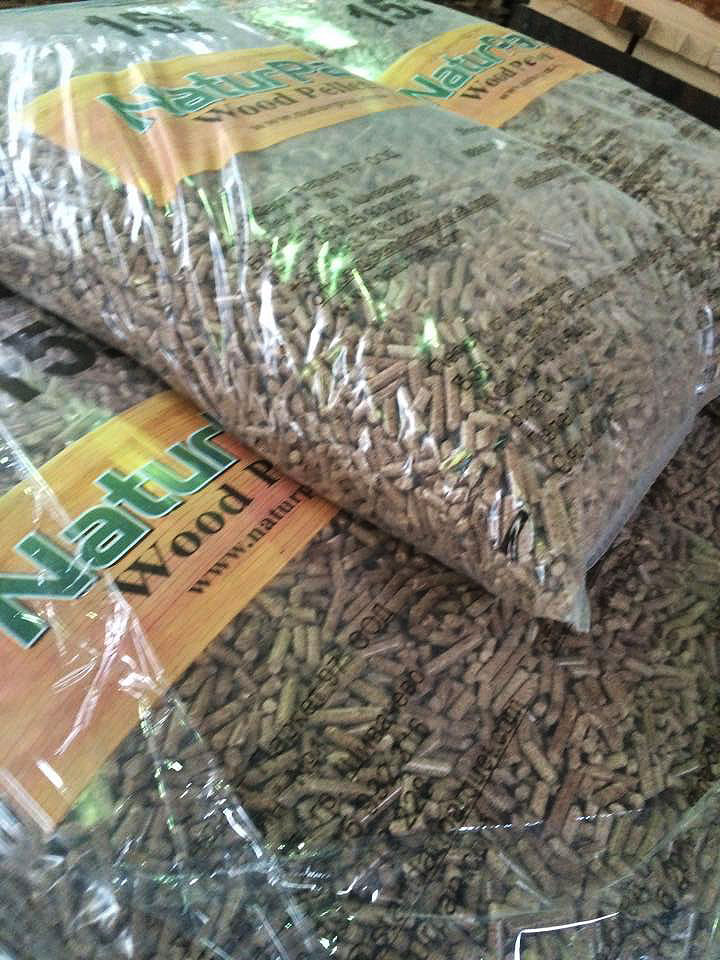The production of pellets from waste raw material obtained in the production of wooden panels is a smart way to optimize resources and reduce the ecological footprint of wood processing enterprises. Here's what this specific process involves:
- Collection of waste raw material: The waste raw material for the production of pellets is collected from the production lines where the wood panels are processed and produced. This includes pieces of sawn timber, sawdust, chips and other wood particles.
- Drying of the raw material: The collected raw material is subjected to a drying process, which aims to reduce the humidity to optimal values. Reducing humidity is key to achieving high energy efficiency of pellets.
- Pellet formation: The dried wood particles are pressed and formed under high pressure using agglomeration technology. This process aims to create compact and stable high density pellets.
- Pellet drying and cooling: Newly formed pellets undergo subsequent drying and cooling processes to ensure product stability and quality.
- Quality control: Pellet production is subjected to strict quality control, measuring parameters such as size, density and moisture content. This ensures that the pellets meet performance standards and are ready for use.
- Packaging and distribution: After the successful completion of the production process, the pellets are packed in convenient packaging for transport and storage. They can be distributed at points of sale or directly to consumers.
The production of pellets from waste raw material from the production of wooden panels is not only economically and energy efficient, but also supports the principles of sustainable development through the reuse of materials.

